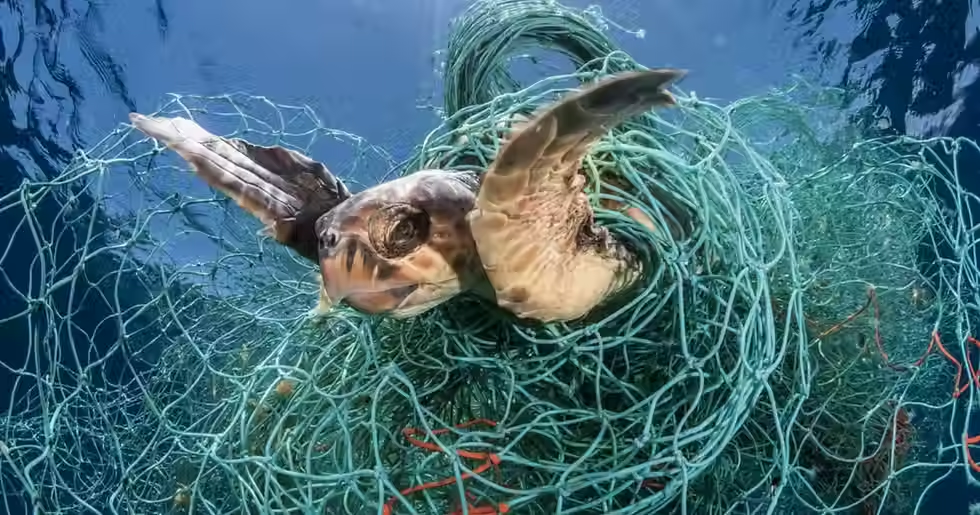Black, Green, Blue Bins: Composting and Recycling Sustainability
- Aaron D'Souza
- Mar 24
- 2 min read
Over 60% of Americans believe that they are recycling poorly. [1] And nearly 50% have trouble identifying what is compostable with almost a third saying that they would likely put compostable packaging in the recycling. [2]
Thus, confusion about how to use the trash (black), greenery composting (green), and recycling (blue) bins is understandable. So let’s outline a few main things to remember when sorting trash.
First, starting with the greenery composting bins. A general rule of thumb here is simply: “If it grows, it goes.” More specifically, three categories of waste are disposed of in the green bins: food scraps, food-soiled paper, and yard trimmings. However, it is important to remember that no plastic products go in the green bin, even if they are labeled “compostable” or “biodegradable." Additionally, for clarity, the following don’t go in the green bin: pet waste, diapers, glass, metals, dirt, rocks, rubber bands, or twist ties. [3] But if in doubt, “if it grows, it goes!”
Second, moving on to the classic blue recycling bin. The following items go into the blue bin: aluminum, Styrofoam™, glass, and plastic cups, containers, and trays. Buckets, tubs, and toys do as well [3]. More important for recycling is preparation. The key phrase is “empty and dry.” Items should be shaken or wiped to remove any food and liquids and then be left facing up in the recycling bin to dry. Remember, if an item isn’t easy to empty and clean, it probably shouldn’t be recycled [4]. Additionally, California’s Recycle Smart site warns, “Containers with liquid or food can spoil everyone’s recycling in a collection truck.” [5] Contamination is a real problem that risks the effectiveness of recycling as an environmentally friendly process.
Finally, dispose of almost everything else in the black bins. This includes plastic straws and utensils, even those labeled “compostable” or “biodegradable.” However, no electronics, hazardous waste, or chemicals go into the black bin including batteries, compact fluorescent light bulbs, etc.
So now, remember to think before you toss and spread the word. Everyday practices that we all do, like recycling (blue bins) and composting (green bins), play a key role in reducing waste and helping the environment. [6] Every step matters, and we must do everything we can to stop the perils of climate change and decide what type of world we want to live in.
Citations




Solar panels work by converting sunlight into See this electricity using the photovoltaic (PV) effect. Sunlight, composed of photons, hits the semiconducting material in the solar cell, releasing electrons and creating an electrical current.
A skill gap stands for a discrepancy official link between your company’s ambitions and your workforce's abilities to achieve the set goals. In other words: when your current people lack the knowledge to complete a certain type of work, you may be facing a skills gap.